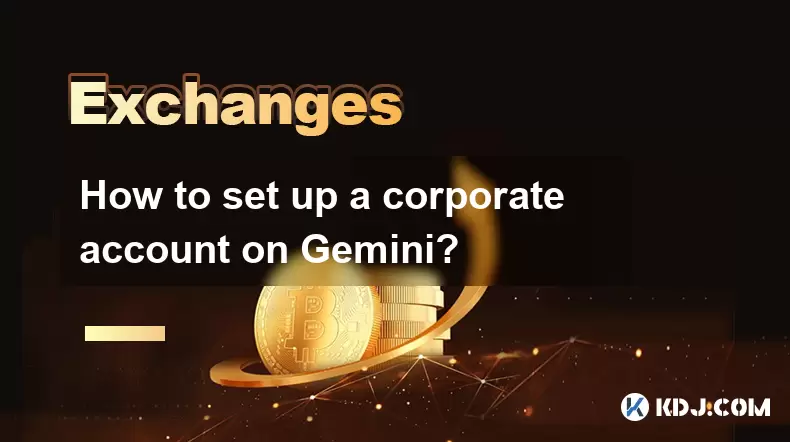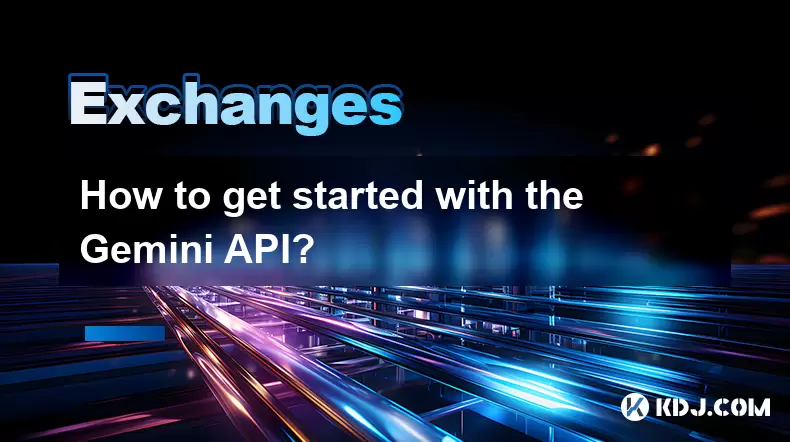-
 Bitcoin
Bitcoin $115000
0.12% -
 Ethereum
Ethereum $3701
4.50% -
 XRP
XRP $3.081
2.99% -
 Tether USDt
Tether USDt $0.0000
-0.01% -
 BNB
BNB $767.9
1.45% -
 Solana
Solana $169.5
3.13% -
 USDC
USDC $0.9999
0.01% -
 Dogecoin
Dogecoin $0.2106
4.30% -
 TRON
TRON $0.3334
1.62% -
 Cardano
Cardano $0.7564
2.54% -
 Stellar
Stellar $0.4165
0.76% -
 Hyperliquid
Hyperliquid $38.75
0.25% -
 Sui
Sui $3.593
3.00% -
 Chainlink
Chainlink $17.08
3.59% -
 Bitcoin Cash
Bitcoin Cash $573.6
4.35% -
 Hedera
Hedera $0.2508
-0.84% -
 Avalanche
Avalanche $23.07
6.46% -
 Ethena USDe
Ethena USDe $1.001
-0.02% -
 Litecoin
Litecoin $120.8
8.17% -
 UNUS SED LEO
UNUS SED LEO $8.943
-0.32% -
 Toncoin
Toncoin $3.400
-5.60% -
 Shiba Inu
Shiba Inu $0.00001255
1.54% -
 Uniswap
Uniswap $9.908
6.32% -
 Polkadot
Polkadot $3.718
2.10% -
 Monero
Monero $303.0
-0.74% -
 Dai
Dai $0.9999
-0.02% -
 Bitget Token
Bitget Token $4.392
0.91% -
 Cronos
Cronos $0.1403
6.31% -
 Pepe
Pepe $0.00001076
1.13% -
 Aave
Aave $267.2
1.80%
HTX API Usage Guide: Detailed Explanation of Automated Trading Settings
HTX API enables automated trading with features like order types, trading pairs, and risk management settings for a customizable trading experience.
Jun 10, 2025 at 05:14 am

Introduction to HTX API
HTX, formerly known as Huobi, is one of the leading cryptocurrency exchanges globally, offering a robust platform for trading various digital assets. The HTX API is a powerful tool that allows users to automate their trading strategies, manage their portfolios, and execute trades programmatically. This guide aims to provide a detailed explanation of the automated trading settings available through the HTX API, helping users to leverage its full potential.
Understanding the HTX API Structure
The HTX API is structured into several key components, each designed to handle different aspects of trading and account management. The REST API is used for account management, market data retrieval, and order placement. On the other hand, the WebSocket API is used for real-time data streaming, which is crucial for automated trading. Understanding the structure of the API is the first step towards effectively using it for automated trading.
Setting Up Your HTX API Account
Before you can start using the HTX API for automated trading, you need to set up your account and generate API keys. Here's how you can do it:
- Log into your HTX account and navigate to the API Management section.
- Click on "Create New Key" and follow the prompts to set up your API key. You will need to provide a label for the key and set the permissions you want to grant to this key.
- Enable the necessary permissions for trading, such as spot trading, futures trading, and withdrawal permissions if needed.
- Confirm the creation of the key and securely store the API Key and Secret Key. These keys will be used to authenticate your requests to the HTX API.
Configuring Automated Trading Settings
Once you have your API keys set up, you can start configuring your automated trading settings. The HTX API allows you to set up various parameters for your trading strategies, including:
- Order Types: You can choose from different order types such as limit orders, market orders, and stop-limit orders. Each type has its own use case, and you can configure them according to your trading strategy.
- Trading Pairs: You can specify which trading pairs you want to trade. HTX supports a wide range of trading pairs, and you can choose the ones that align with your strategy.
- Risk Management: Setting up stop-loss and take-profit levels is crucial for managing risk. You can configure these levels through the API to automatically execute when certain conditions are met.
- Frequency of Trading: You can set the frequency at which your trading bot checks for new opportunities and executes trades. This can range from milliseconds to hours, depending on your strategy.
Implementing a Simple Trading Bot with HTX API
To illustrate how you can use the HTX API for automated trading, let's walk through the process of setting up a simple trading bot that buys and sells based on price movements. Here's a step-by-step guide:
- Choose a Programming Language: You can use any programming language that supports HTTP requests and WebSocket connections. Popular choices include Python, JavaScript, and C#.
- Install Necessary Libraries: Depending on your chosen language, you'll need to install libraries that can handle API requests. For Python, you can use
requestsfor REST API calls andwebsocket-clientfor WebSocket connections. - Authenticate Your Requests: Use your API Key and Secret Key to authenticate your requests. You'll need to generate a signature for each request using the Secret Key.
- Fetch Market Data: Use the REST API to fetch real-time market data for your chosen trading pair. This data will be used to make trading decisions.
- Set Up Trading Logic: Based on your strategy, set up the logic that will decide when to buy and sell. For example, you might decide to buy when the price drops by 2% and sell when it rises by 3%.
- Place Orders: Use the REST API to place buy and sell orders according to your trading logic. Ensure you handle errors and retries appropriately.
- Monitor and Adjust: Use the WebSocket API to monitor your orders and the market in real-time. Adjust your strategy as needed based on market conditions.
Handling Errors and Ensuring Security
When using the HTX API for automated trading, it's crucial to handle errors gracefully and ensure the security of your account. Here are some tips:
- Error Handling: Always implement robust error handling in your code. This includes handling API rate limits, network errors, and unexpected responses from the server.
- Security Measures: Keep your API keys secure and never share them with anyone. Use IP whitelisting to restrict access to your API keys and implement two-factor authentication (2FA) on your HTX account.
- Regular Audits: Regularly audit your API usage and monitor for any suspicious activity. This can help you detect and respond to potential security threats quickly.
Advanced Features and Customization
The HTX API offers several advanced features that can be leveraged for more sophisticated trading strategies. These include:
- Futures Trading: You can use the API to trade futures contracts, allowing you to leverage your positions and hedge against market movements.
- Margin Trading: The API supports margin trading, enabling you to borrow funds to increase your trading power. This can be configured through the API for automated strategies.
- Custom Indicators: You can implement custom technical indicators and use them in your trading logic. This allows for more personalized trading strategies tailored to your market analysis.
Frequently Asked Questions
Q: Can I use the HTX API to trade multiple accounts simultaneously?
A: Yes, you can use the HTX API to manage and trade multiple accounts simultaneously. You will need to generate separate API keys for each account and ensure that your trading bot can handle multiple API keys securely.
Q: How do I handle API rate limits when using the HTX API?
A: HTX API has rate limits to prevent abuse. You can handle these limits by implementing a retry mechanism in your code. If you hit a rate limit, your bot should pause for a short period and then retry the request. You can also spread out your requests over time to stay within the limits.
Q: Is it possible to backtest my trading strategies using the HTX API?
A: The HTX API itself does not provide a built-in backtesting feature. However, you can use historical data from HTX to backtest your strategies in a separate environment. You would need to fetch historical data through the API and then use a backtesting framework to simulate your trading strategy.
Q: How can I ensure my trading bot remains compliant with HTX's terms of service?
A: To ensure compliance with HTX's terms of service, you should review their terms regularly and ensure your bot adheres to their rules. This includes not engaging in market manipulation, respecting rate limits, and ensuring your bot does not overload the exchange's systems. Additionally, keep your bot's activities transparent and within the bounds of fair trading practices.
Disclaimer:info@kdj.com
The information provided is not trading advice. kdj.com does not assume any responsibility for any investments made based on the information provided in this article. Cryptocurrencies are highly volatile and it is highly recommended that you invest with caution after thorough research!
If you believe that the content used on this website infringes your copyright, please contact us immediately (info@kdj.com) and we will delete it promptly.
- Shiba Inu's Ranking: What's Happening with the Cryptocurrency?
- 2025-08-05 19:10:13
- Cryptos Under $1: BlockchainFX vs. Shiba Inu - What's the Hype?
- 2025-08-05 19:10:13
- MYX Finance Price Surge: Is the Stock Jump Justified?
- 2025-08-05 18:30:12
- Crypto, CeFi, and Trust Gaps: Why the Issues Persist in 2025
- 2025-08-05 18:30:12
- Solana Memecoin Launchpads: A Wild Ride with LetsBONK.fun Leading the Charge
- 2025-08-05 17:30:12
- Crypto Volatility & Token Unlocks: Navigating the Storm
- 2025-08-05 16:30:13
Related knowledge

How to set and manage alerts on the Gemini app?
Aug 03,2025 at 11:00am
Understanding the Gemini App Alert SystemThe Gemini app offers users a powerful way to stay informed about their cryptocurrency holdings, price moveme...

How to use the Gemini mobile app to trade on the go?
Aug 04,2025 at 09:14am
Setting Up the Gemini Mobile AppTo begin trading on the go using the Gemini mobile app, the first step is installing the application on your smartphon...

How to set up a corporate account on Gemini?
Aug 05,2025 at 03:29pm
Understanding Gemini Corporate AccountsGemini is a regulated cryptocurrency exchange platform that supports both individual and corporate account crea...

What to do if you forgot your Gemini password?
Aug 04,2025 at 03:42am
Understanding the Role of Passwords in Gemini AccountsWhen using Gemini, a regulated cryptocurrency exchange platform, your password serves as one of ...

What are the websocket feeds available from the Gemini API?
Aug 03,2025 at 07:43pm
Overview of Gemini WebSocket FeedsThe Gemini API provides real-time market data through its WebSocket feeds, enabling developers and traders to receiv...

How to get started with the Gemini API?
Aug 05,2025 at 12:35pm
Understanding the Gemini API and Its PurposeThe Gemini API is a powerful interface provided by the cryptocurrency exchange Gemini, enabling developers...

How to set and manage alerts on the Gemini app?
Aug 03,2025 at 11:00am
Understanding the Gemini App Alert SystemThe Gemini app offers users a powerful way to stay informed about their cryptocurrency holdings, price moveme...

How to use the Gemini mobile app to trade on the go?
Aug 04,2025 at 09:14am
Setting Up the Gemini Mobile AppTo begin trading on the go using the Gemini mobile app, the first step is installing the application on your smartphon...

How to set up a corporate account on Gemini?
Aug 05,2025 at 03:29pm
Understanding Gemini Corporate AccountsGemini is a regulated cryptocurrency exchange platform that supports both individual and corporate account crea...

What to do if you forgot your Gemini password?
Aug 04,2025 at 03:42am
Understanding the Role of Passwords in Gemini AccountsWhen using Gemini, a regulated cryptocurrency exchange platform, your password serves as one of ...

What are the websocket feeds available from the Gemini API?
Aug 03,2025 at 07:43pm
Overview of Gemini WebSocket FeedsThe Gemini API provides real-time market data through its WebSocket feeds, enabling developers and traders to receiv...

How to get started with the Gemini API?
Aug 05,2025 at 12:35pm
Understanding the Gemini API and Its PurposeThe Gemini API is a powerful interface provided by the cryptocurrency exchange Gemini, enabling developers...
See all articles

























































































